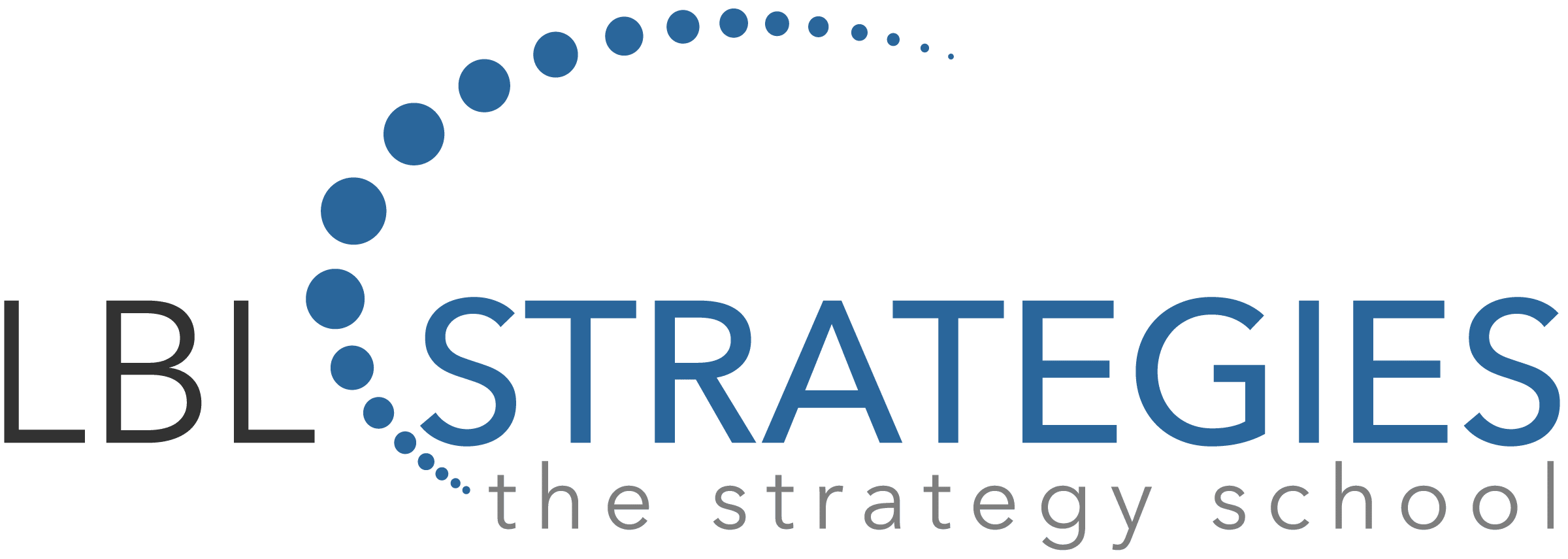As a strategy professional, you may be considering how your own or your client's organization can use generative AI and other forms of machine intelligence to improve its performance.
If you are following the same path as most others, you are looking for ways to use ChatGPT and other intelligent machine (IM) technologies to replace specific job-related tasks (such as marketing content creation, computer code generation, or action planning), and contemplating how to redesign entire business processes to make use of these technologies.
This work is essential because the improvements in operational efficiency these technologies can deliver will soon become a cost of doing business. But such improvements will not create new competitive advantages or strengthen existing advantages.
As Michael Porter pointed out in What is Strategy?:
- Operational efficiency-based competition produces absolute improvement for all but relative improvement for no one.
- Strategy is about creating differences that can be sustained. Such differences arise from doing the same things differently than rivals or doing different things.
If you focus on task and process optimization as you introduce AI into your organization, you will end up doing the same things better but miss the opportunity to do things differently or do entirely different things.
Figuring out how to create such differences presents a novel problem. As such, your organization cannot use the building blocks of optimized tasks/processes and specialized jobs because the knowledge and experience required to specify and optimize them don't exist.
Intelligent machine technology can help humans tackle novel problems and identify ways to seize new opportunities. But to take advantage of these capabilities, your organization must reimagine work: zooming out from individual tasks and specialized roles to holistic problems and opportunities pursued by teams with end-to-end responsibility.
Broadly, such collaboration between humans and IMs works as follows: humans define the problems or opportunities, IMs with human-in-the-loop feedback find the solutions, then humans validate the efficacy of these solutions. Such workflows are already paying dividends in industries such as pharmaceuticals, finance, and manufacturing.
As you gain experience designing work focused on problems and opportunities, you may realize that your organization would benefit from using it for all its work, as this approach can produce novel insights, better outcomes, improved agility and adaptability, and a better delineation of work completed via human-machine collaboration.
Certainly, your organization should use AI as a tool for operational improvement, but don’t stop there. Use it as a catalyst for innovative thinking: identifying, exploring, and settling uncharted areas of growth and differentiation.
Mark Bills is the Managing Director of Transformativ, LLC, a boutique consulting firm focused on helping organizations improve their operating performance via Collaborative Intelligence. He can be reached at Mark.Bills@Transformativ.Biz.
